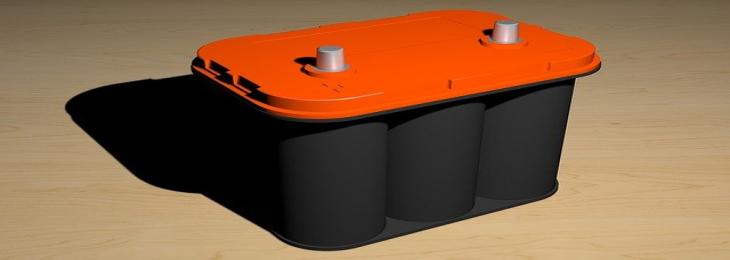
Researchers in the U.S. developed a 3-D lithium ion battery with a tiny footprint.
As electronic devices are becoming tinier and skinnier without any reduction in their power and energy demands, the need for batteries that fit into tiny spaces is increasing. Researchers in the U.S., using new techniques, developed a 3D lithium ion battery with a footprint on the order of one hundred grains of salt.
Innovative two-dimensional batteries have limitations in the shapes they can take. A 3D anode and a 3D cathode can be crafted in numerable ways and can be put together. The setup chosen by the team of researchers is called as ‘concentric-tube’ design, where an array of evenly spaced anode posts are covered uniformly by a thin layer of a photo-patternable polymer electrolyte and cathode material is used to fill the space between the posts.
Although this arrangement is simple, only half of a 3D battery has been built by most of the researchers. They failed in the attempts to assemble these electrodes into one functional battery. Thin layers of electrolyte was applied to the silicon structure and poured in a standard lithium-ion cathode material, using the anode as a mold to ensure that the two halves would fit together just right. This was done to complete the battery. Therefore, the battery developed had an energy density of 5.2 milli-watt-hours per square centimeter, among the highest reported for a 3D battery.
This 3D battery has not reached its full potential, according to the researchers. Bruce Dunn, a professor of materials science and engineering at the University of California said, “Another challenge with batteries is always the packaging. You need to seal them up, keep them small, and make sure they function just as well in the real world as in the glovebox.”






